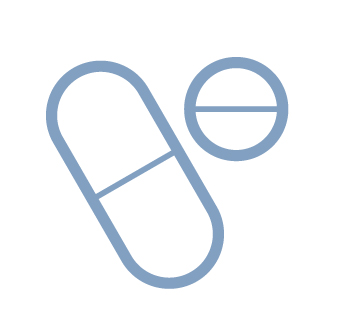Riboflavin Therapy Protocol
Guideline for the diagnosis and the treatment of Riboflavin Transporter Deficiency
(Brown- Vialetto - Van Laere /Fazio Londe)
If a patient is suspected to have a Riboflavin Transporter Deficiency:
1. Take blood samples for:
- mutation analysis
- acylcarnitine profile and plasma flavin measurements
2. Immediately start riboflavin supplementation without awaiting results of diagnostics. Do not stop riboflavin supplementation until the patient has been proven not to have a riboflavin transporter deficiency
3. Monitor clinical outcome.
Monitor clinical outcome at the time of the start of riboflavin supplementation, but do not postpone start of treatment.
Consider:
1. Clinical evaluation: consider to document
- General examination (including length/height; weight)
- Clinical pictures (overview back, limbs, face 2 directions and hair)
- Neurological examination
- Eye exam and retinal/disc photographs
- FVC x 3 and mean taken
2. EMG/nerve conduction studies
3. Auditory and brain stem evoked potentials
4. Ultrasound study of the diaphragm
5. MRI brain particular focus on brainstem
Consider repeated monitoring parameters 1 – 4 after 3 and 6 months:
- mutations in two riboflavin transporters have been reported to cause Riboflavin Transporter Deficiency: SLC52A2 (RFVT2 transporter) and SLC52A3 (RFVT3 transporter) (1,2)
- acylcarnitine profiles and plasma flavin levels are often normal in Riboflavin Transporter Deficiency patients. Abnormalities may confirm suspicion of Riboflavin Transporter Deficiency but diagnosis must be made or excluded with mutation analysis.(1,2)
- Both intravenous and oral treatment have been reported and are effective. (1,2) Riboflavin has been prescribed and was reported effective in doses from 10-40 mg/kilogram bodyweight/day divided in 3 doses, without reported side effects. (1,2) Because possibly during infection riboflavin is mobilized from tissues and increasingly excreted in the urine it may be advised to elevate the doses during febrile illness to a maximum of 40 mg/kg/day. (3,4)
- Improvement of clinical outcome has been reported after days or after months. Do not stop riboflavin supplementation until the patient has been proven not to have a Riboflavin Transporter Deficiency (1,2)
Laboratories performing mutation analysis:
Academic Medical Center
Laboratory Genetic Metabolic Diseases (F0-132)
PO Box 22700
1100 DE Amsterdam, The Netherlands
https://www.amc.nl/web/Het-AMC/Afdelingen/Medische-afdelingen/Laboratory-Genetic-Metabolic-Diseases-1/Home-LGMD.htm
Metabolite diagnostics (flavines, acylcarnitines) gmz_metab@amc.nl
DNA diagnostics (SLC52A2 and SLC52A3) gmz_dna@amc.nl
Please visit http://www.ncbi.nlm.nih.gov/sites/GeneTests/?db=GeneTests, under BVVLS, where the details of the lab and services they offer can be found.
1. Bosch AM, Stroek K, Abeling NG, Waterham HR, Ijlst L, Wanders RJ. The Brown-Vialetto-Van Laere and Fazio Londe syndrome revisited: natural history, genetics, treatment and future perspectives. Orphanet J Rare Dis. 2012 Oct 29;7:83.
2. Foley AR, Menezes MP, Pandraud A et al. Treatable childhood neuronopathy caused by mutation in riboflavin transporter RFVT
3. Brain. 2014 Jan; 137 (Pt 1):44-56
4. Brijlal S, Lakshmi AV. Tissue distribution and turnover of [3H]riboflavin during respiratory infection in mice. Metabolism. 1999 Dec;48(12):1608-11.
5. Bamji MS, Bhaskaram P, Jacob CM. Urinary riboflavin excretion and erythrocyte glutathione reductase activity in preschool children suffering from upper respiratory infections and measles. Ann Nutr Metab. 1987; 31(3):191-6.

